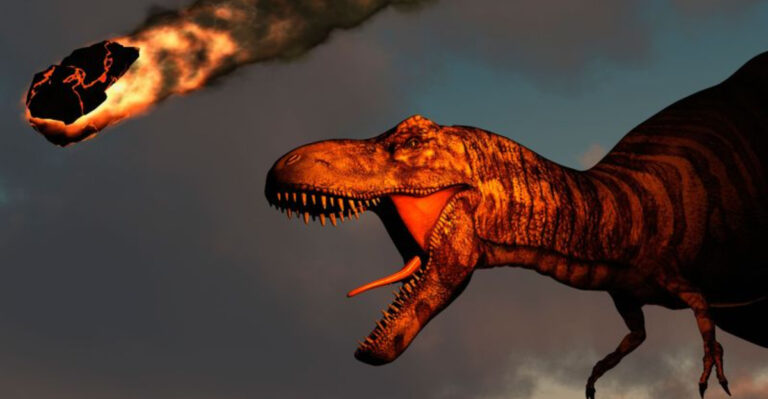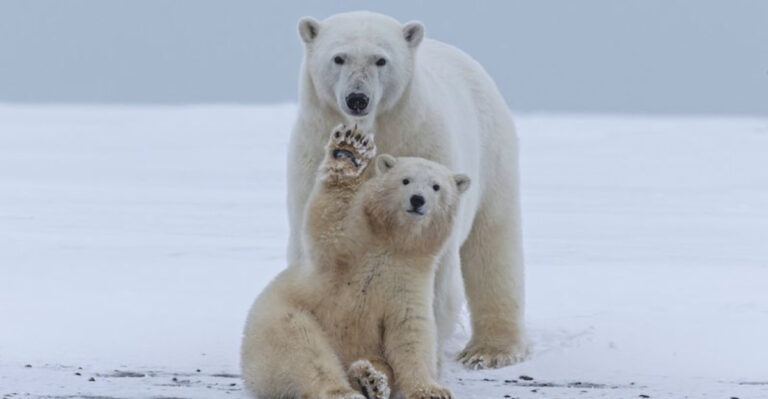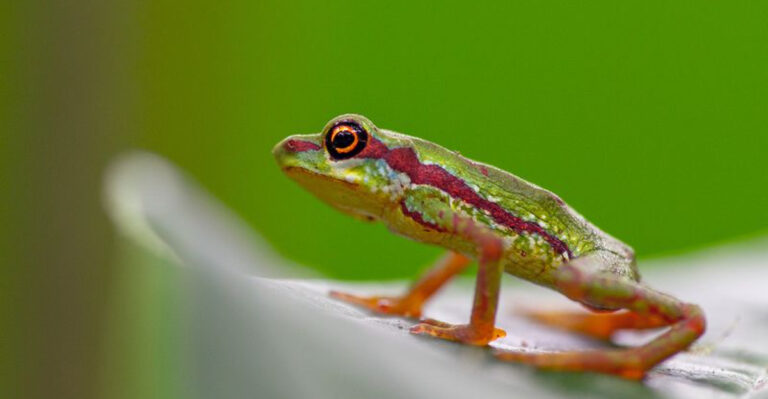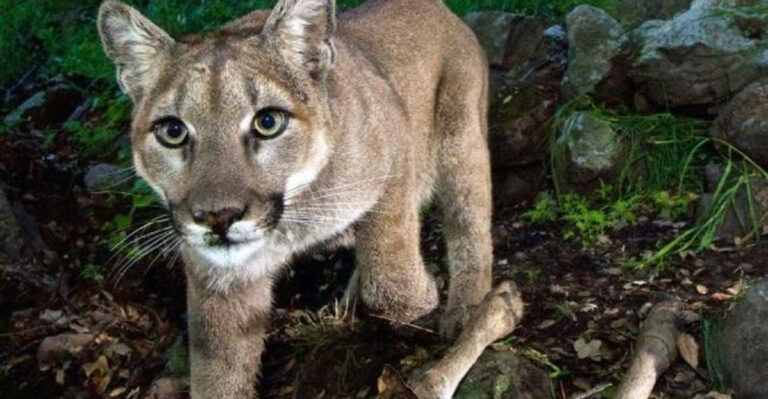Dolphin Teeth: 14 Things You Need To Know
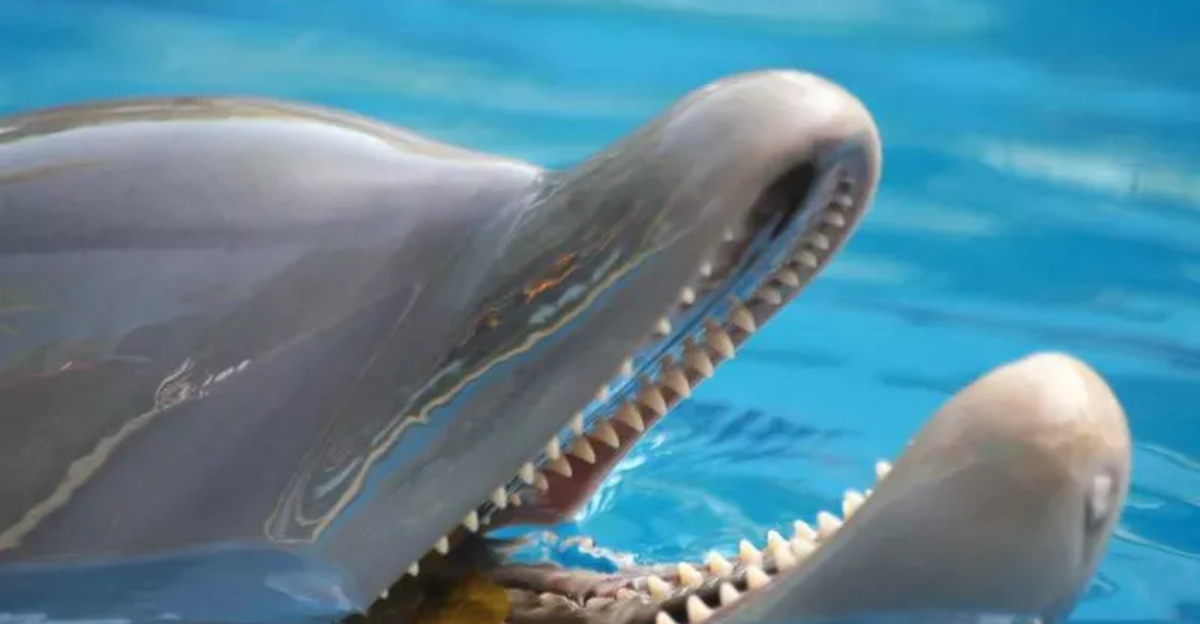
Dolphins are amazing marine mammals known for their intelligence and playful nature, but how much do you know about their teeth?
These ocean dwellers have fascinating dental adaptations that help them survive and thrive in their underwater world. From hunting techniques to communication, dolphin teeth play a crucial role in their daily lives.
1. Teeth As Individual Markers
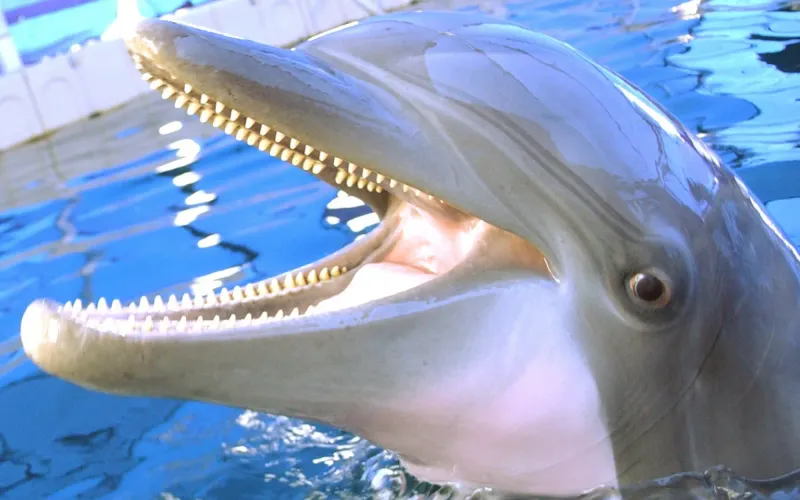
Each dolphin’s teeth arrangement is unique – like a fingerprint! Researchers use tooth patterns to identify individual dolphins in wild populations.
When combined with other natural markings, these dental ‘fingerprints’ help scientists track specific dolphins over many years. This non-invasive identification method is valuable for long-term studies of dolphin behavior, migration, and social structures.
2. Tooth Count Varies By Species
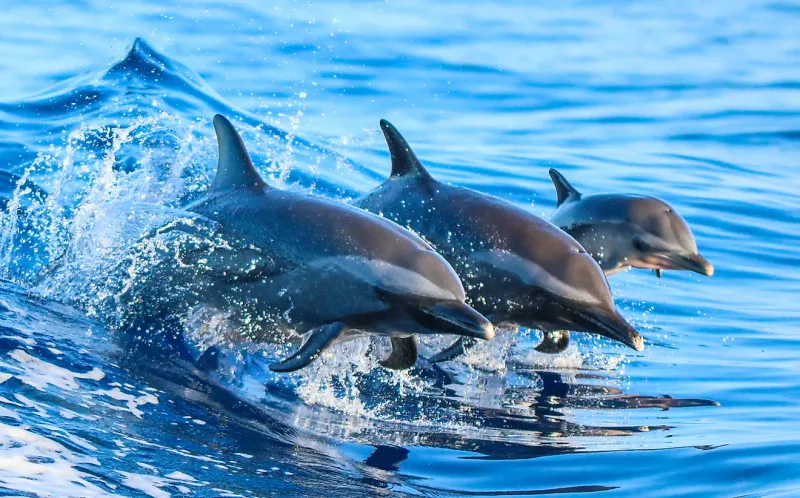
Would you believe some dolphins have over 250 teeth? The exact number depends on the species. Bottlenose dolphins typically have 80-100 teeth, while spinner dolphins might sport up to 252!
Risso’s dolphins, on the other hand, may have only a few teeth or none at all. This variety shows how different dolphin species have adapted to their specific diets and hunting techniques.
3. Homodont Dentition Pattern
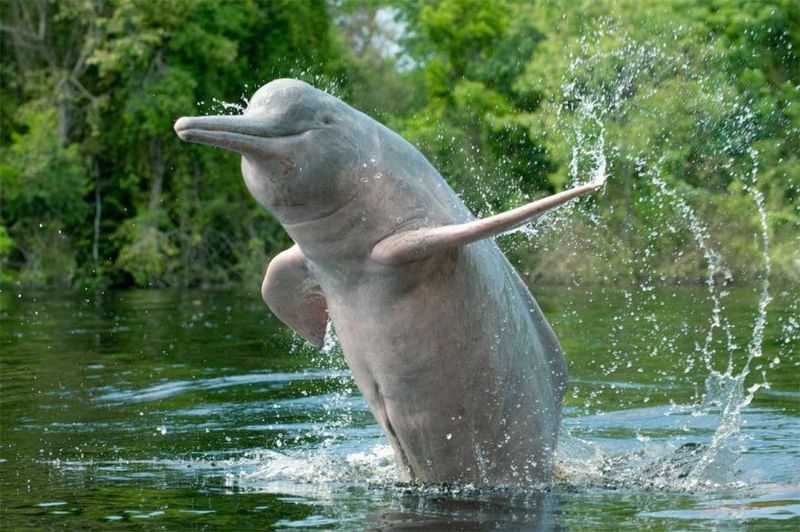
‘Homodont’ means all teeth look similar – unlike humans with different types of teeth. Dolphins have a mouth full of nearly identical teeth, each designed for the same purpose: grabbing prey.
This uniform tooth pattern is common in animals that don’t chew their food. Think of it as having a mouth full of canine teeth! This dental arrangement helps dolphins quickly snatch fast-moving fish.
4. No Replacement Teeth
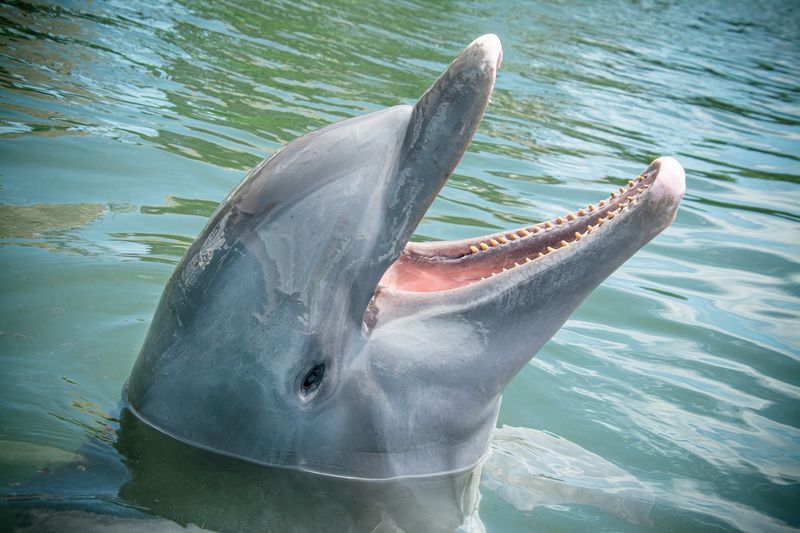
Once adult dolphins get their permanent teeth, that’s it – they don’t grow replacements! Humans are lucky to get two sets of teeth in a lifetime, but dolphins must keep their single set healthy forever.
This makes dental health super important for dolphins. If they lose too many teeth, they might struggle to catch food efficiently. Fortunately, their teeth are extremely strong and durable.
5. Growth Rings Like Trees
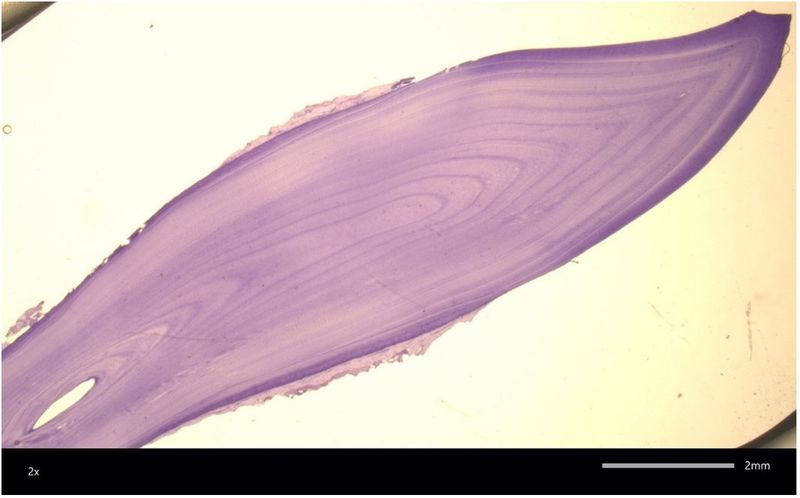
Just like trees have rings showing their age, dolphin teeth contain growth layers that scientists can count! Each layer represents about one year of the dolphin’s life.
Researchers carefully slice open dolphin teeth found from natural deaths to study these rings. This technique helps marine biologists determine a dolphin’s age and learn about its health history throughout its life.
6. Teeth As Tools

Dolphins sometimes use their teeth as tools! They’ve been observed using their teeth to strip spiny fish of their dangerous parts before eating them. Some dolphins even carry sea sponges in their mouths as protective gear while searching for food on rough ocean floors.
Their teeth hold these natural tools firmly in place, showcasing their remarkable problem-solving abilities and adaptability.
7. Dental Forensics

Scientists can learn amazing things from dolphin teeth! By studying chemical markers in their teeth, researchers can track what dolphins ate throughout their lives.
These dental records reveal pollution exposure and migration patterns too. Think of dolphin teeth as tiny time capsules holding their life stories! This field of study helps conservation efforts by showing how environmental changes affect dolphin populations over time.
8. Tooth Wear Tells Stories
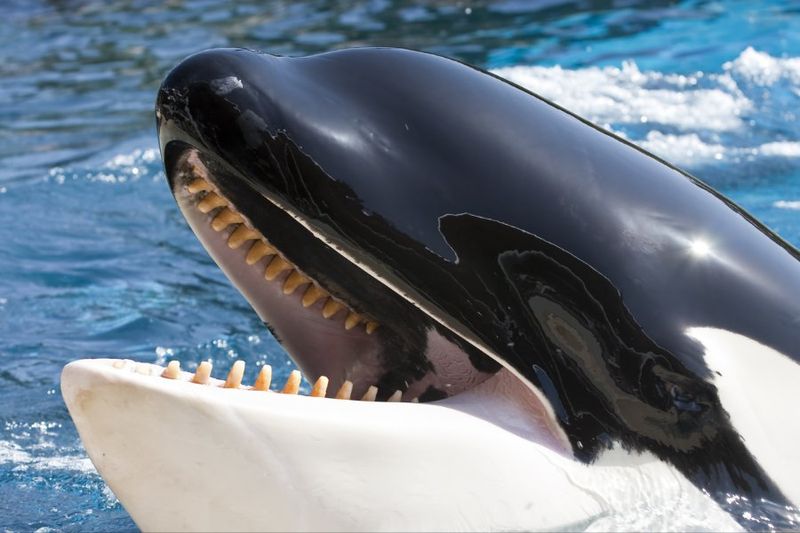
Older dolphins often show significant tooth wear from years of catching prey. Some dolphins even wear their teeth down to the gums after decades of hunting!
This natural wear pattern provides clues about a dolphin’s diet and hunting style. Dolphins that feed on rough-skinned prey or dig in sandy bottoms tend to show more tooth wear than those catching softer prey in open water.
9. Dental Health Problems
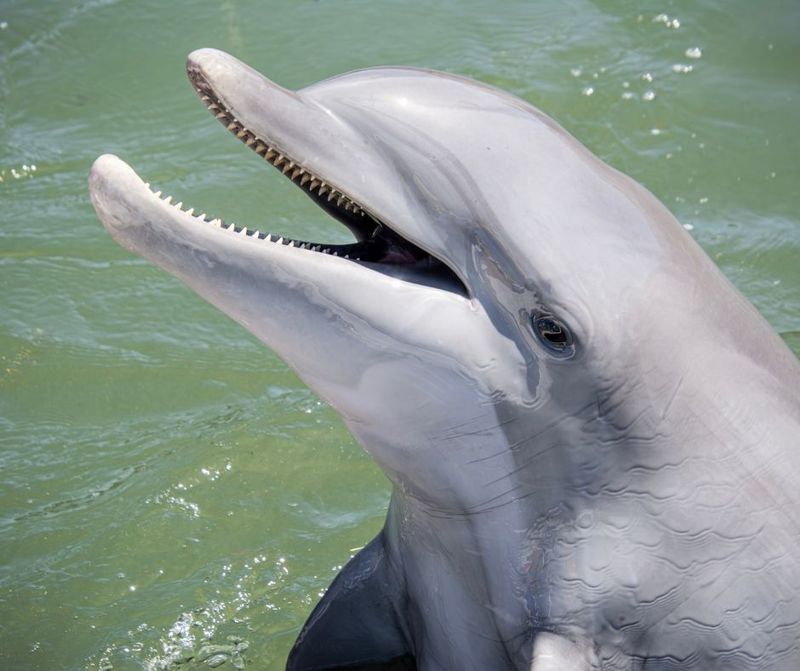
Even dolphins can get toothaches! They sometimes suffer from dental issues like infections or broken teeth. These problems can seriously impact their ability to hunt and eat.
Marine mammal veterinarians occasionally perform dental procedures on dolphins in human care. Wild dolphins with dental problems must adapt their hunting techniques or may rely on pod members for assistance if their condition becomes severe.
10. Baby Dolphins Born Toothless
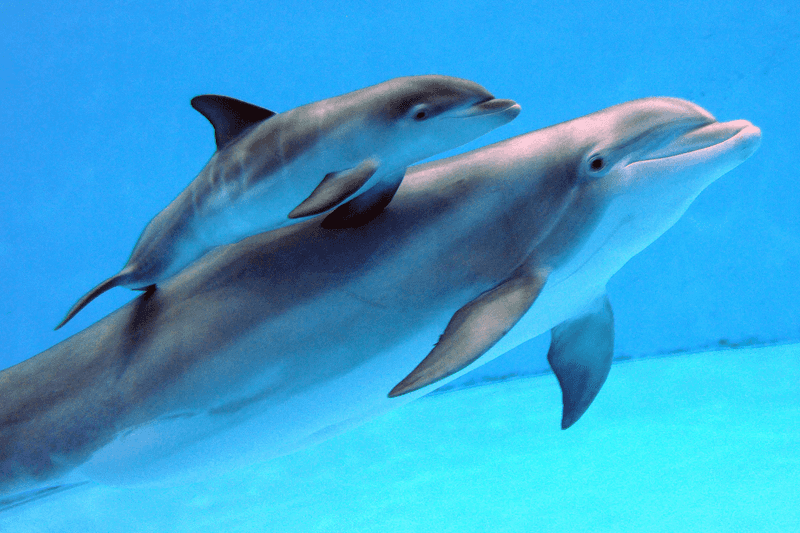
Newborn dolphins enter the world without any teeth! Their teeth begin erupting a few weeks after birth as they prepare to eventually catch their own food.
During this toothless stage, baby dolphins (called calves) rely completely on their mother’s milk. This milk is extremely rich in fat, helping calves grow quickly. Their first teeth usually appear around 5-7 weeks of age.
11. Echolocation And Teeth
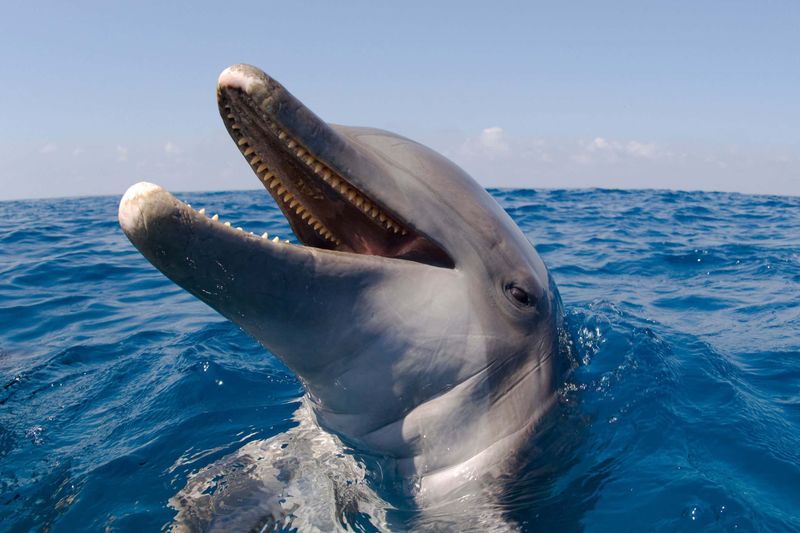
Dolphin teeth play a surprising role in echolocation! The spacing between teeth may help focus the sound waves dolphins use to ‘see’ underwater.
When dolphins send out clicks, these sound waves bounce off objects and return to the dolphin. Their teeth might act like acoustic lenses, helping to direct these returning echoes to the inner ear for processing.
12. Cultural Tooth Use Differences

Different dolphin populations have developed their own unique ways of using teeth! Some dolphins in Australia’s Shark Bay carry sponges on their snouts while foraging.
Meanwhile, bottlenose dolphins in Florida have been observed stirring up seafloor mud with their tails to trap fish. These cultural differences in hunting techniques show how adaptable dolphin intelligence can be, with teeth playing different roles in various populations.
13. Ancient Dolphin Teeth Fossils

Fossilized dolphin teeth tell an amazing evolutionary story! Ancient dolphin ancestors had different tooth patterns than modern dolphins, showing how they adapted over millions of years.
Some prehistoric dolphins had differentiated teeth more similar to land mammals. Paleontologists use these fossil teeth to track how dolphins evolved from land-dwelling ancestors to the specialized marine hunters we know today.
14. Sharp Cone-Shaped Teeth

Dolphin teeth aren’t flat like ours. They’re pointy and cone-shaped, perfect for grabbing slippery fish! These sharp teeth allow dolphins to catch and hold onto prey without chewing.
Unlike humans who chew food, dolphins simply use their teeth to grip fish before swallowing them whole. Their teeth shape evolved specifically for their hunting lifestyle in the ocean.

